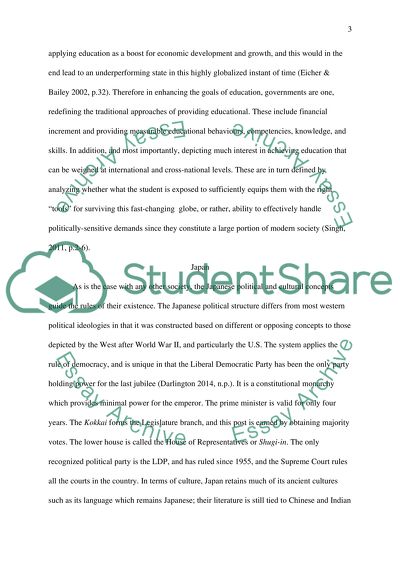Cite this document
(“Cross National Perspectives on Education Essay Example | Topics and Well Written Essays - 2500 words”, n.d.)
Cross National Perspectives on Education Essay Example | Topics and Well Written Essays - 2500 words. Retrieved from https://studentshare.org/education/1643862-cross-national-perspectives-on-education
Cross National Perspectives on Education Essay Example | Topics and Well Written Essays - 2500 words. Retrieved from https://studentshare.org/education/1643862-cross-national-perspectives-on-education
(Cross National Perspectives on Education Essay Example | Topics and Well Written Essays - 2500 Words)
Cross National Perspectives on Education Essay Example | Topics and Well Written Essays - 2500 Words. https://studentshare.org/education/1643862-cross-national-perspectives-on-education.
Cross National Perspectives on Education Essay Example | Topics and Well Written Essays - 2500 Words. https://studentshare.org/education/1643862-cross-national-perspectives-on-education.
“Cross National Perspectives on Education Essay Example | Topics and Well Written Essays - 2500 Words”, n.d. https://studentshare.org/education/1643862-cross-national-perspectives-on-education.


